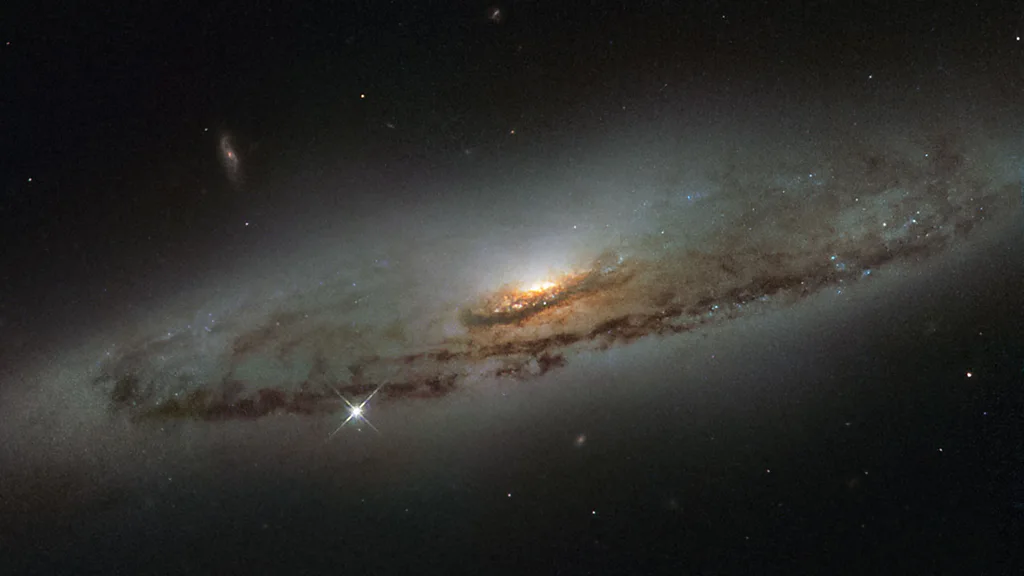
The Growth of Ultramassive Black Holes
At the center of our galaxy lies a gigantic black hole, known as Sagittarius A*, that is as wide as the Sun but millions of times heavier. This supermassive black hole drives the formation and evolution of the Milky Way, and is responsible for creating and destroying stars in its surrounding space. However, Sagittarius A* pales in comparison to some recently discovered black holes in space.
In the past decade, astronomers have found a new class of black holes known as ultramassive black holes. These black holes are up to 1,000 times larger than Sagittarius A*, with some potentially spanning the width of our solar system. One such black hole, Ton 618, has a mass of 66 billion times that of the Sun. Another giant, Holm 15A, weighs 44 billion solar masses.
How Black Holes Grow
Black holes form when stars collapse under their own gravity, and they grow by consuming material around them. If a black hole has enough fuel, it can continue to grow indefinitely. Some astronomers believe that black holes could reach as much as 270 billion solar masses based on the current age of the universe. However, the discovery of ultramassive black holes presents a challenge to existing theories about how black holes grow so large in such a relatively short time.
The Role of JWST
The James Webb Space Telescope (JWST) has given astronomers a clearer view of the universe’s earliest black holes, helping them understand how these massive objects form. The telescope has identified “little red dot” galaxies, which are compact galaxies that existed within the first billion years of the universe. These galaxies are suspected to contain ultramassive black holes that may have grown more quickly than previously thought possible.
Are There Even Larger Black Holes?
Some scientists believe that even larger black holes, called stupendously large black holes, could exist. These black holes could weigh trillions of solar masses and have a radius of about one light year. While none have been observed yet, their existence can’t be ruled out. Astronomers continue to explore the universe to find answers to these mysteries.
Key Discoveries About Black Holes
- Ultramassive Black Holes
Discovered in the 2010s, ultramassive black holes are far larger than supermassive black holes. Some have masses over 10 billion times that of the Sun. - Stupendously Large Black Holes
While they haven’t been discovered, these hypothetical black holes could reach trillions of solar masses. - Early Universe Black Holes
JWST has allowed astronomers to observe black holes formed in the first billion years of the universe’s history, challenging previous growth models.
External Link: BBC News on black holes
Internal Link: Read more about space mysteries on Kenkou Land
External link: BBC News on Black Holes
Internal link: Learn more about space exploration






